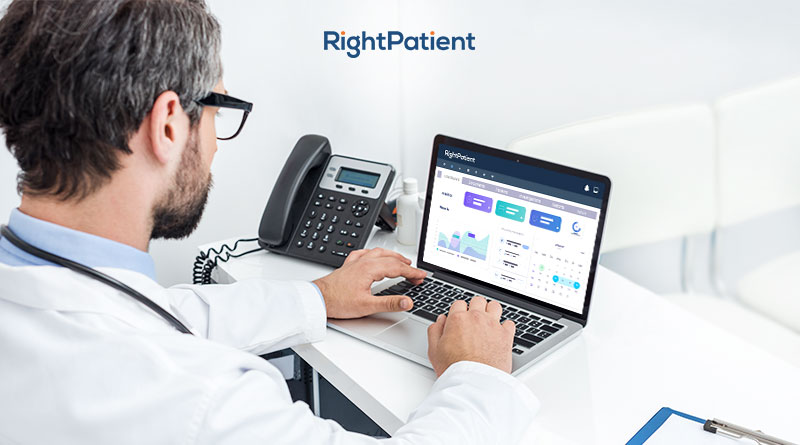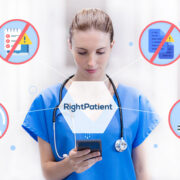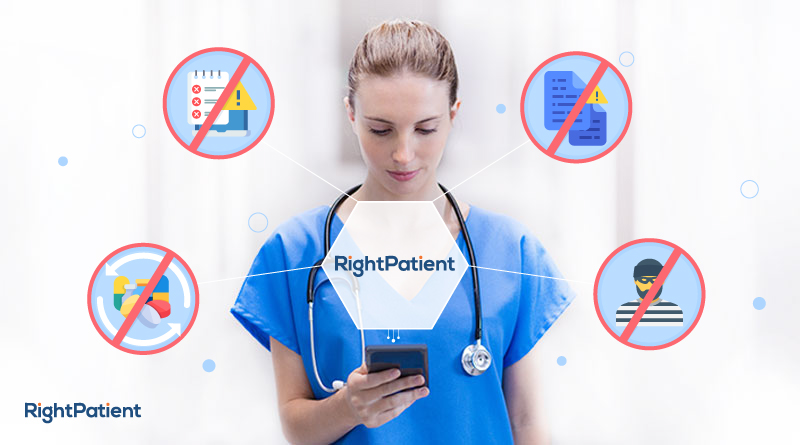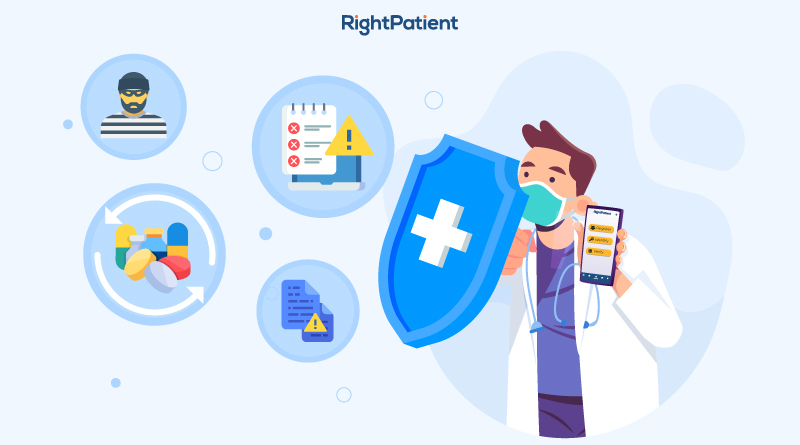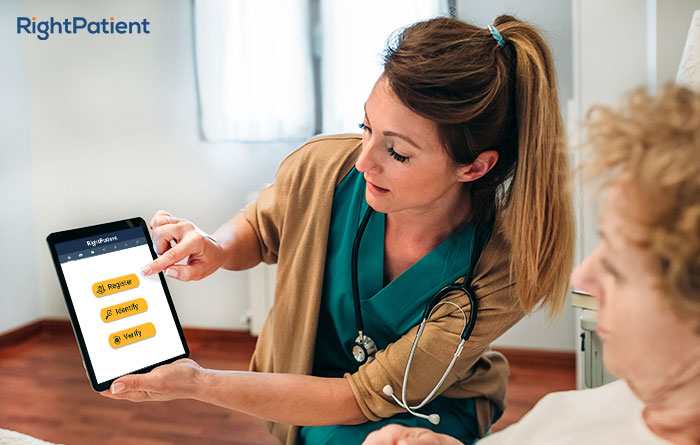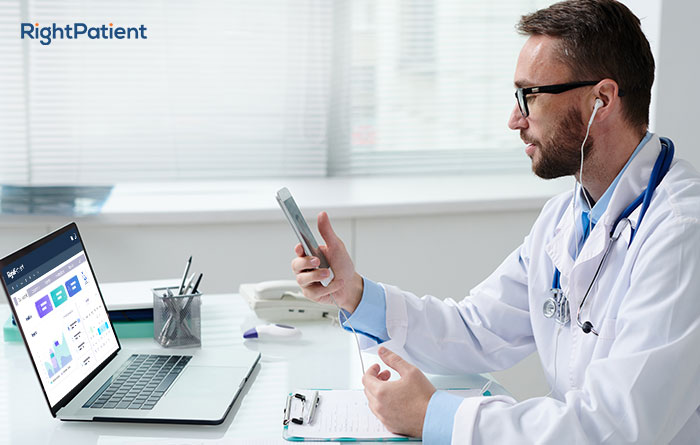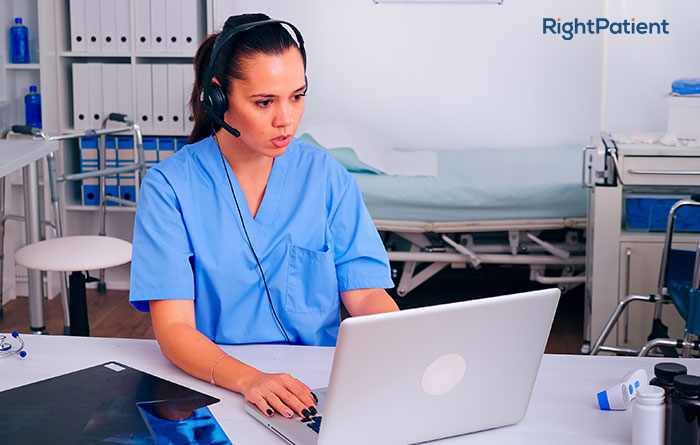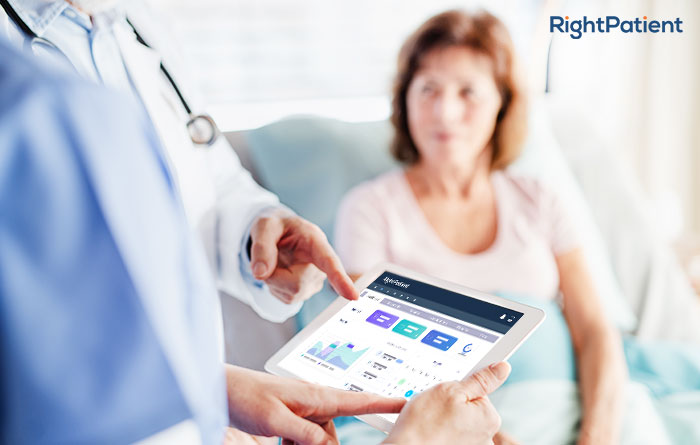Improving Revenue Cycle in Healthcare Facilities in a Post-Pandemic World

The pandemic hasn’t only been difficult for the healthcare sector in terms of the number of patients treated and the severity of symptoms. For the American healthcare system, it meant a huge loss of revenue for everyday treatments, as every available resource pivoted to caring for the patients affected by COVID. Those facilities that couldn’t pivot were left with no option but to close and file for bankruptcy as their income was hit. Some managed to survive by furloughing their staff or redeploying them to care for the large number of seriously ill patients which COVID produced. As a result, revenue cycle in healthcare facilities took a huge hit.
Some organizations, though, were luckier than others and were able to deploy remote triaging and virtual consultations by phone and video using the latest videoconferencing software – all of which can be bolstered by utilizing a touchless biometric patient identification platform such as RightPatient. This allowed them to continue to treat patients, and earn income, which softened the blow to their finances and helped both patients – who suffered no break in treatment – and staff – who were retained rather than furloughed.
Revenue cycle in healthcare facilities during the pandemic tanked, to put it mildly. Normal service dropped off a cliff and around three-quarters of healthcare providers had to put revenue cycle management in place, as well as ensuring employees could practice remotely and maintain effective social distancing when they did have to attend their workplace.
The return has started, remotely
Now that treatment cycles are returning to pre-pandemic levels in many places, the staff members are also returning to their usual roles. They are returning to treating their regular patients and making sure of their incoming revenue whilst minimizing the losses their facility may have suffered.
In order to optimize their abilities, staff members have learned how to use technology to help them assist patients remotely during the pandemic. This approach is likely to remain in place for those patients who are unable for any number of reasons to attend an in-person consultation.
One of the most popular ways to use tech in medicine is by organizing a remote consultation, by telephone or video call. This helps staff to find out quickly what ails their patient and can help them triage the patient more effectively, immediately. They can tell the caller at once whether they need to attend, offer an appointment if so and have all the notes from the call available when the patient comes in. If a referral is needed, the process can be started straight after the phone call, without waiting for an appointment or paperwork.
Of course, processes still need to be followed. Not only does that enhance patient safety, but it also embeds the familiar for both patient and healthcare employee. Sorting out the paperwork before the patient arrives is of prime importance, and means everyone will know what is going to happen and what they can expect to be billed or paid for. Staff should check whether there is an authorization for the service under the patient’s insurance and what the patient’s responsibility is regarding this. Ensuring everyone is aware of charges and can reconcile them quickly is better for the provider’s income levels too. Being organized allows accurate expenditure planning, which helps everyone balance incoming revenue against outgoing expected payments.
Communication is key for improving revenue cycle in healthcare
Face-to-face, by email, text, shared app, or phone: no matter how teams communicate, it is best that they do. Patients with comorbidities or multiple conditions need dovetailed treatment, a patient pathway across several providers, and it is best to schedule appointments logically. Scheduling several simple appointments across nearby providers in one day is a possibility to reduce travel headaches for the patient, although it may make it an expensive time when the bills come due. That also relies on the finance and revenue cycle team knowing that they are to bill a particular insurance company for a defined treatment to a named patient on a given date. Communication makes all of these processes simpler and can help provide the necessary paper or electronic trails to ensure timely billing, and therefore prompt payment. The notification to finance should come from the clinical team, as they are treating the patient. They also know exactly which procedure was undertaken and how, so are best placed to ensure the billing is correct.
An efficient billing cycle is one way to ensure reliable income, as everyone knows what is due to be paid, by whom, and when. It’s not just the medics and revenue billing team who have a part to play here either. Every healthcare professional who attends to the patient has a responsibility to produce documentation for their part in the patient’s care – all of this works towards optimizing revenue cycle management in healthcare facilities.
Technology can enhance revenue cycle in healthcare facilities
Accurate billing is essential when attempting to collect revenue. Billing the wrong patient, or a different insurance company, can delay payment and cause extra effort and paperwork for no gain. Correct patient identification at the start of the treatment cycle makes billing much simpler. A biometric touchless platform such as RightPatient can help eliminate patient misidentification and the nearly $5 million of denied claims which result.


